$2 million reward for anyone who finds Apple security flaws
At the Hexacon security conference in Paris (France), Apple announced a new bounty of up to 2 million USD for a series of serious security flaws that can be exploited to install spyware. This is the highest reward ever in the company's bug bounty program.
In addition to the main reward, Apple also applies an additional reward mechanism for bugs that bypass Lockdown Mode or are discovered during the software testing phase. The total reward can be up to 5 million USD for the most dangerous bugs.

Apple increases record reward for anyone who discovers security flaws. (Source: Linkedin)
At the conference, Apple also announced a new “Memory Integrity Enforcement” feature on the iPhone 17 to prevent commonly exploited bugs. The company will also donate 1,000 iPhone 17s to human rights organizations to support digitally vulnerable groups such as journalists, politicians , and activists.
Since going public in 2020, Apple has awarded more than $35 million in rewards to more than 800 security researchers. While high rewards are rare, the company has paid out multiple $500,000 bounties in recent years.
SpaceX tests Starship for the 11th time
SpaceX will conduct the 11th flight test of its Starship rocket from Starbase in Texas. The launch window opens at 7:15 p.m. ET on Monday, October 13. You can watch live on SpaceX's website or Platform X 30 minutes before launch.

SpaceX continues to push the limits of aerospace technology with the goal of sending humans to the Moon and Mars. (Source: SpaceX)
This flight will carry eight Starlink simulation satellites, similar to the successful test in late August. In addition, SpaceX will conduct flight experiments to collect data for the next generation of Super Heavy rockets, test the durability of Starship's heat shield, and simulate landing maneuvers for the upper stage.
This time, SpaceX is using a previously flown Super Heavy booster, which has 24 of its 33 Raptor engines already proven to fly. However, they will not attempt to “catch” the booster with a mechanical arm at the launch pad as before. Instead, Super Heavy will fall into the Gulf of Mexico, while Starship will land in the Indian Ocean.
China develops self-healing solar glass
A team from Nankai University has developed a new composite material that can be turned into glass when heated. The glass is capable of generating electricity from sunlight, opening up the potential to turn windows into a renewable energy source.
The new glass was tested in a device called a luminescent solar concentrator (LSC), which allows some light to pass through while the rest is absorbed and converted into electricity by solar cells.
Unlike current glasses, which require expensive nanocrystals and are difficult to reuse, the new material can self-heal after damage. Simply reheating at high temperatures will restore up to 95% of its original performance, even after 10 reuses.
The technology promises to set a new standard for solar glass production: cheaper, more durable, and less wasteful. In the future, buildings could use their windows to generate electricity, reducing costs and promoting the use of clean energy.
Source: https://vtcnews.vn/cong-nghe-13-10-apple-trèo-thuong-2-trieu-usd-cho-nguoi-phat-hien-loi-bao-mat-ar970841.html



![[Photo] Solemn opening of the 1st Government Party Congress](https://vphoto.vietnam.vn/thumb/1200x675/vietnam/resource/IMAGE/2025/10/13/1760337945186_ndo_br_img-0787-jpg.webp)




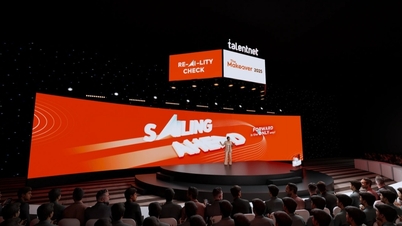




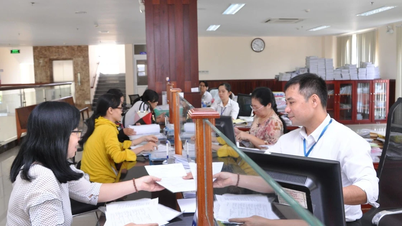

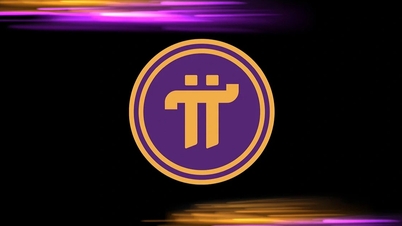










![[Photo] General Secretary To Lam attends the opening of the 1st Government Party Congress](https://vphoto.vietnam.vn/thumb/1200x675/vietnam/resource/IMAGE/2025/10/13/1760321055249_ndo_br_cover-9284-jpg.webp)




























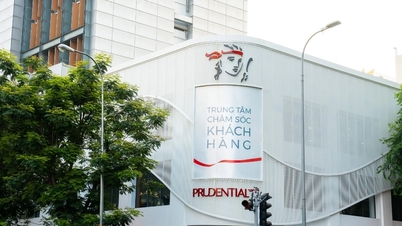








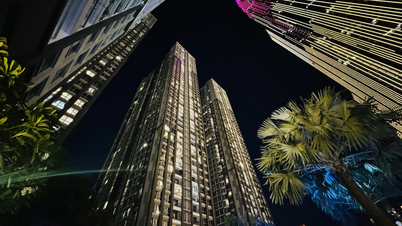
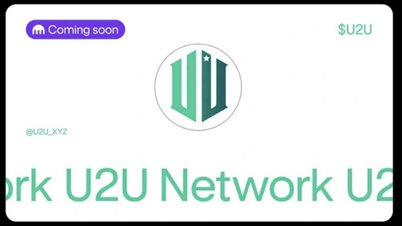









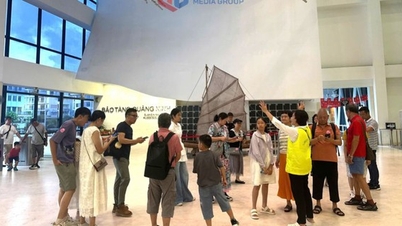







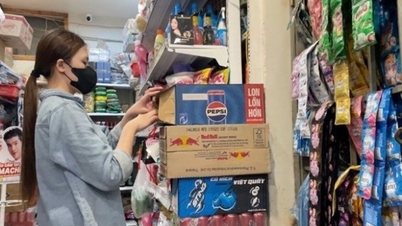

















Comment (0)